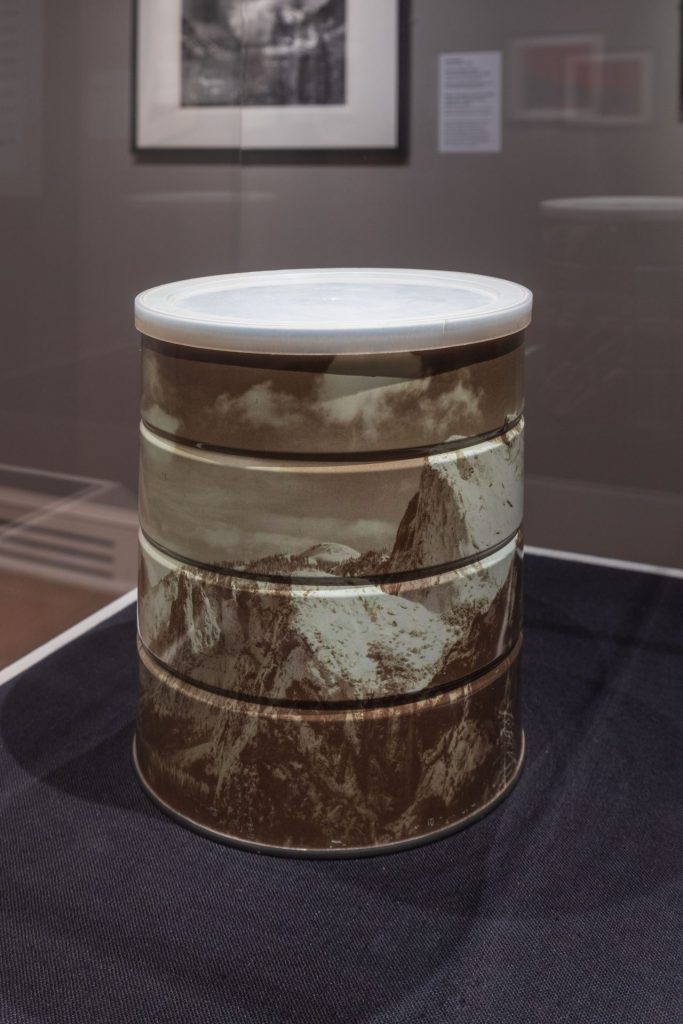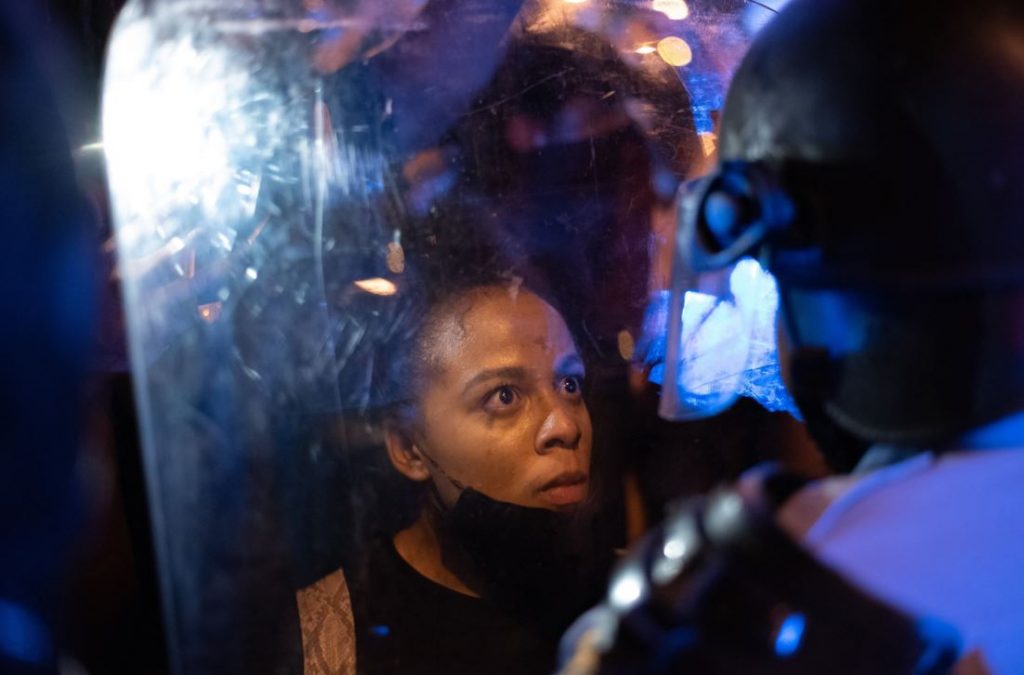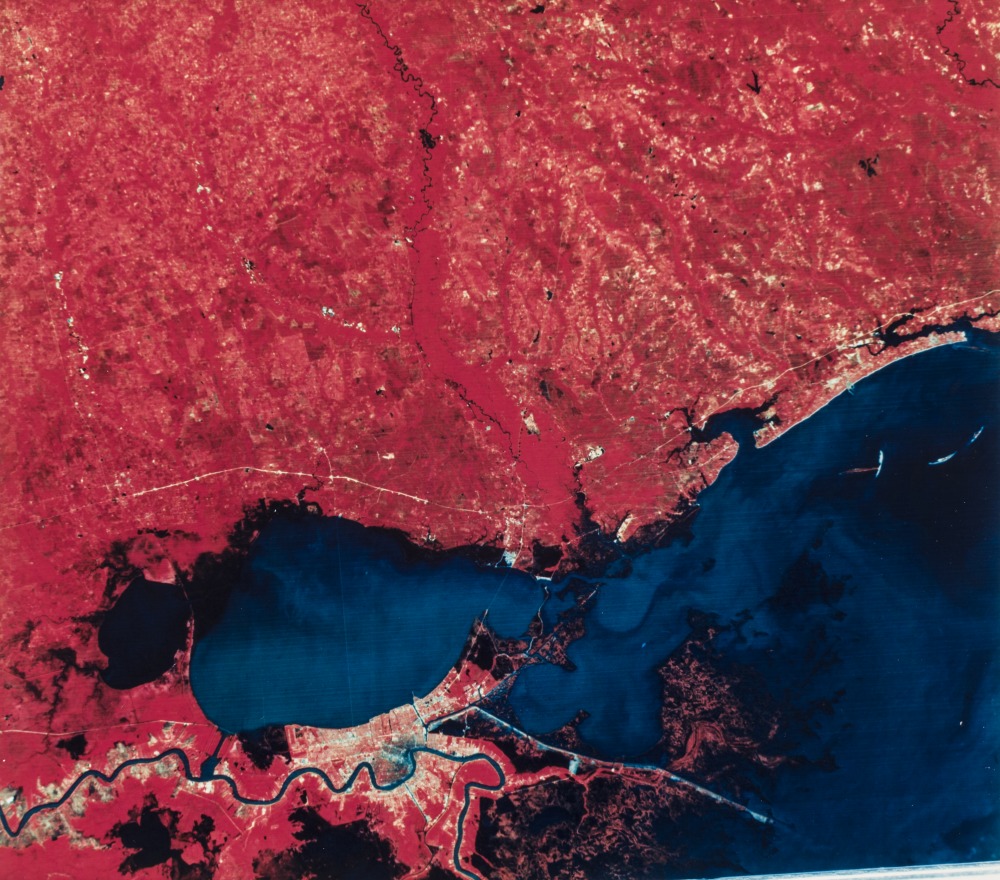
Photography, the youngest of all picture-making media, was introduced not quite two centuries ago with the invention of the daguerreotype, a unique image on a metal plate that could only be viewed in person, and by one person at a time. While it may seem that the story of photography traces an inevitable arc from a unique material experience toward an infinitely reproducible phenomenon, it could be argued that one of the most important “histories” of photography is the history of deliberate efforts to improve how a photograph gets from “here” to “there.” While the stresses and realities of the present moment make the topic more relevant than ever, the portability of a photographic object or the transmission of its image has occupied the thoughts of photographic inventors, artists, and publishers throughout the past two hundred years.
The use of photography and video technology as tools of communication was perhaps more important over the past year than ever before. Image distribution technologies are now so ubiquitous and simple that even when forced to be physically distant, photographs of our lives could be transmitted globally and almost instantaneously, enabling us to share everything from the personal to the political. It was not so long ago, however, that this kind of technology was unfathomable. Drawn almost exclusively from the permanent collection, this exhibition highlights some of the many ways that photographs have been made public, reproduced, and shared. It will explore the channels through which photographs have been distributed and received, while also acknowledging the limitations of those channels. The exhibition invites you to consider how photography is transmitted, what it transmits, and who benefits from its transmission.
A Brief History of Photography and Transmission is organized by the New Orleans Museum of Art and is sponsored by the Del and Ginger Hall Photography Fund. Additional support is provided by the A. Charlotte Mann and Joshua Mann Pailet Endowment and Delta Airlines.

New Orleans Area, Bonnet Carré Spillway Opened May 5, 1973
1973
National Aeronautics and Space Administration, Earth Resources Technology Satellite
Chromogenic photograph
Gift of NASA
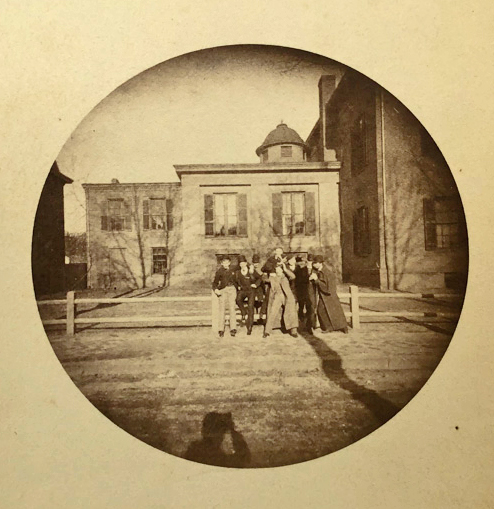
Untitled
c. 1890
Unidentified photographer
Gelatin silver print from Kodak #1, mounted on board
Gift of Peter Cohen
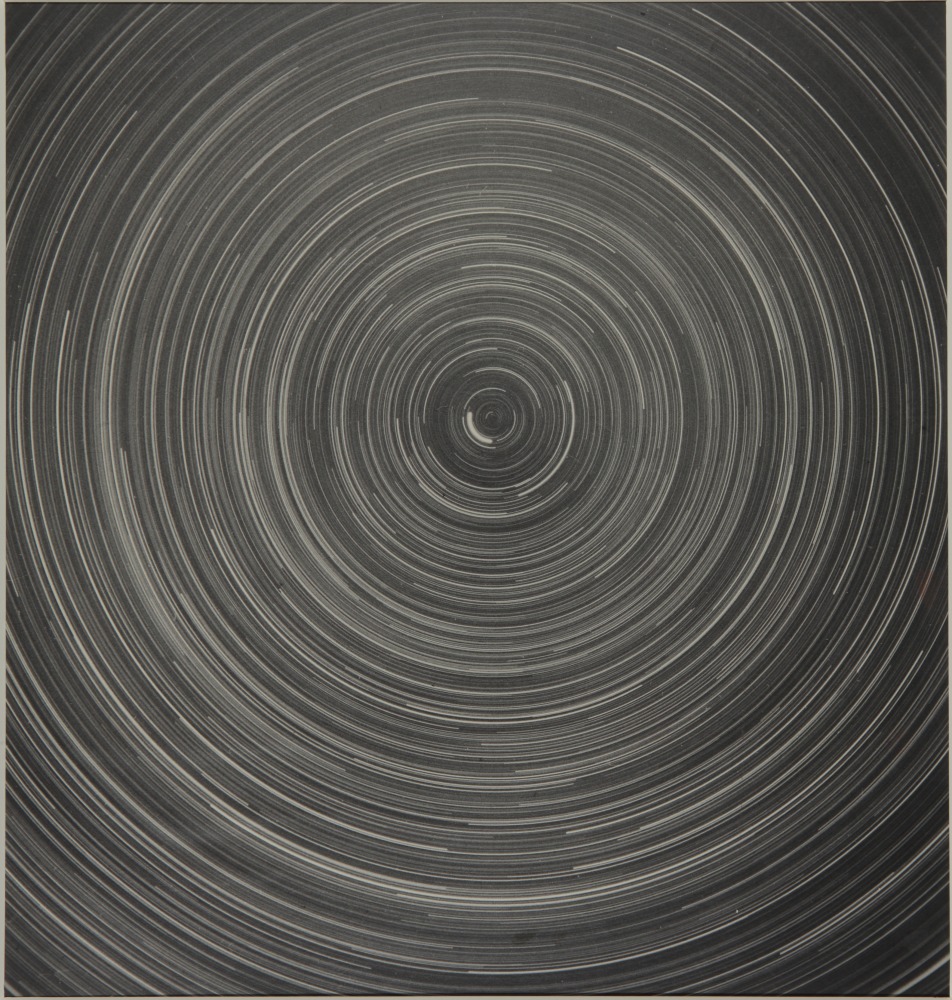
North Polar Stars
c. 1930
Maynard Walker
Gelatin silver print
Museum purchase, Zemurray Foundation
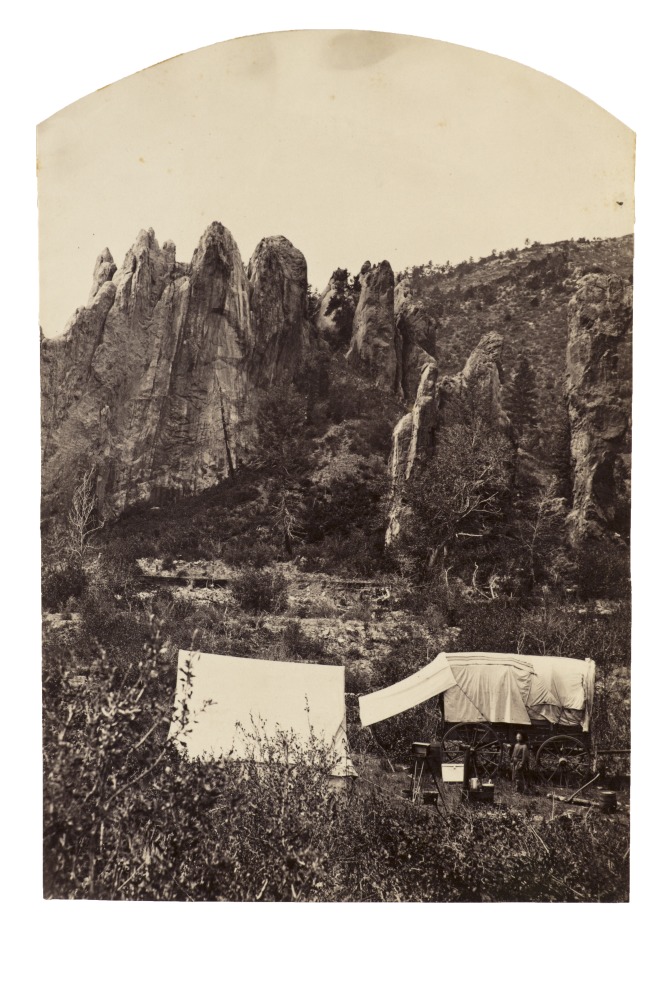
View in the “Garden of the Gods”
c. 1867
William Gunnison Chamberlain
Albumen silver print
Museum purchase, General Acquisition Fund
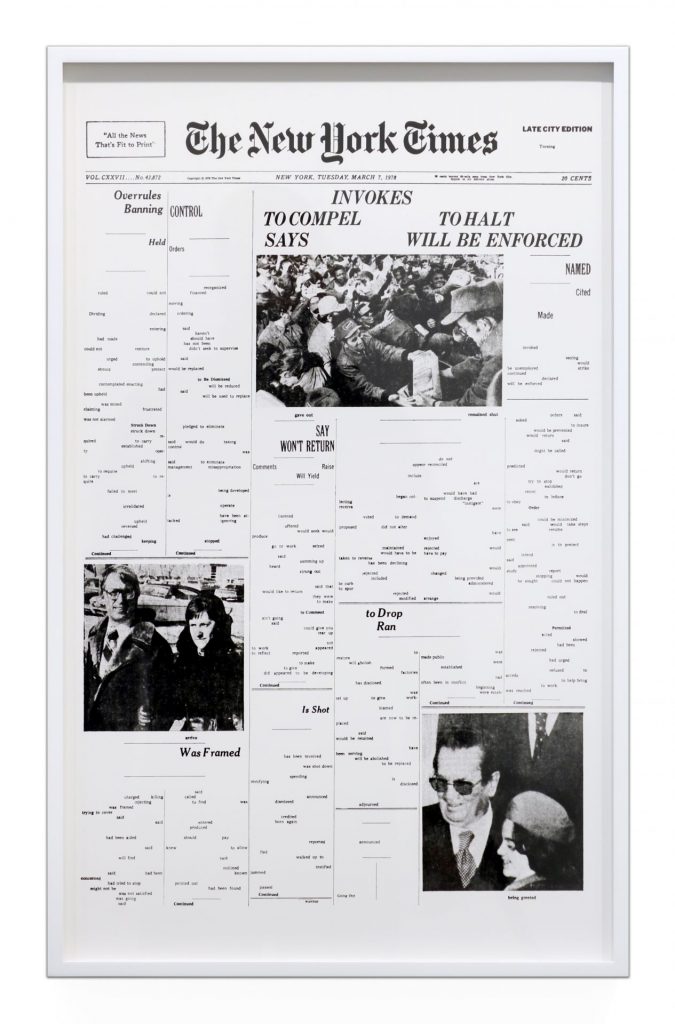
Verbs
1978/2003
Sarah Charlesworth
Pigmented ink print
Museum purchase. © The Estate of Sarah Charlesworth. Courtesy Paula Cooper Gallery, New York

